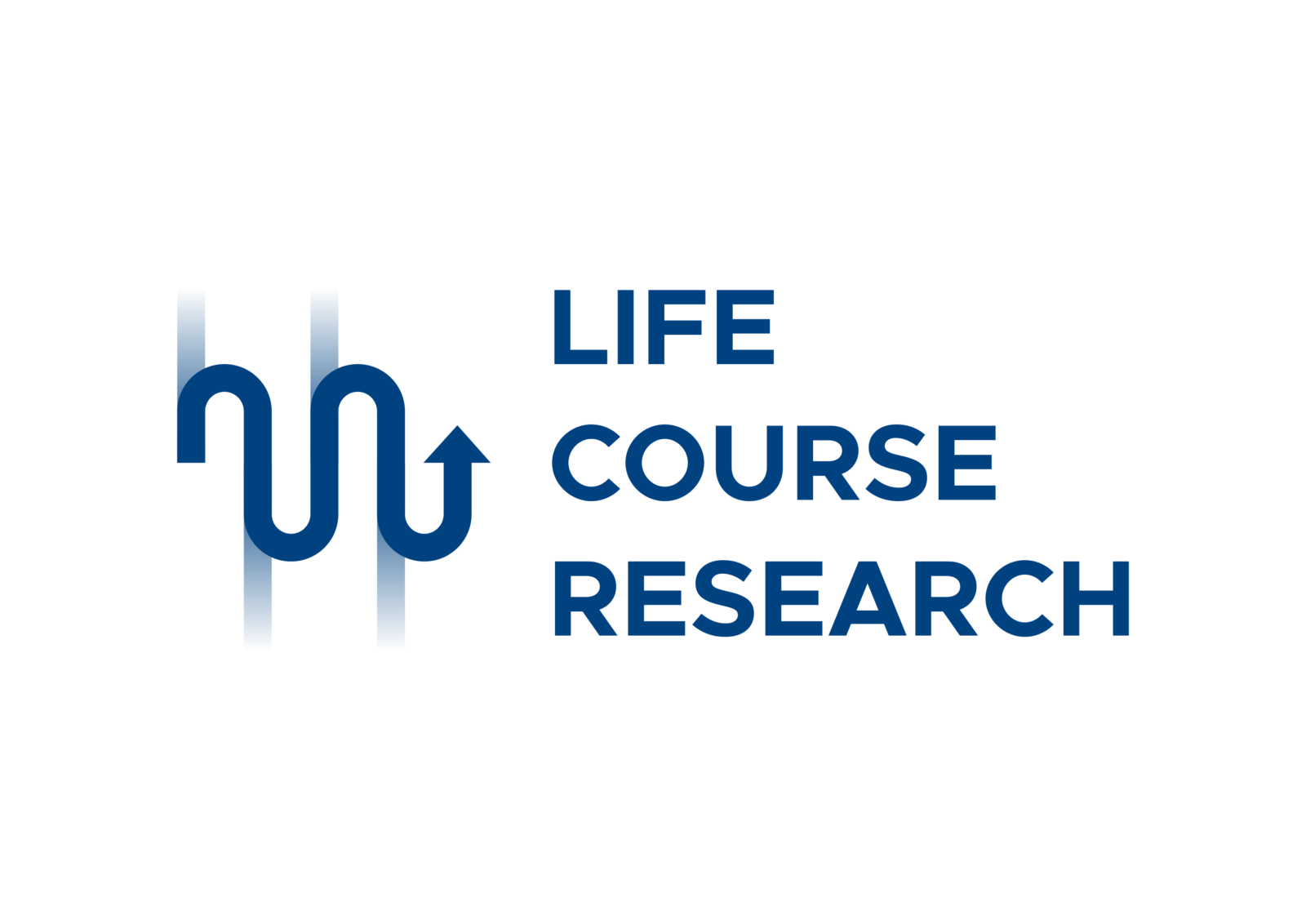Are there any contraindications for physical activity?
One of the pillars of lifestyle medicine is physical activity. Physical activity refers to both a non-specific movement, performed in everyday life or at work, and a structured and planned exercise program. All people benefit from its positive effects, even those who suffer from one or more chronic diseases, take multiple medications or have restricted movement. That said, what precautions should be taken regarding physical activity?
A group of Oxford researchers recently published an interesting position statement in the British Journal of Sports Medicine, based on the conclusions of their literature review and an extensive survey of doctors and patients.
For people living with chronic conditions, the benefits of physical activity outweigh the risks, even though patients mistakenly perceive these risks as very high. For this reason, healthcare professionals should customize the starting point of physical activity, offer a gradual progression and comprehensively explain how the patient can manage their own feelings, fears and symptoms.
According to the authors, in the absence of worrying signs or symptoms, prior medical advice is not needed in order to begin a gradual exercise program.
On the other hand, a healthcare professional should always be consulted if any of the following symptoms are present:
- musculoskeletal pain
- excessive fatigue
-
- sudden shortness of breath, angina or chest pain
- palpitations or irregular heartbeat
- blurred vision, dizziness
-
- dysglycemia in diabetes
- cognitive impairment
- history of falls and frailty in the elderly.
The purpose of the health consultation must be to evaluate the clinical stability of the disease and reassure the patient by helping them manage their feelings while respecting their fears. For example, the most feared cardiovascular risk – sudden death – is very low in both healthy people as well as in patients. Furthermore, the benefits of physical activity greatly outweigh the risks, provided that the chronic diseases are stabilized through adequate therapy. For the same reason, even musculoskeletal pain need not be a barrier as studies show that well-structured physical activity, over time, reduces the intensity of pain without causing joint damage, even in those affected by osteoarthritis.
Absolute contraindications include: recent acute cardiovascular events, ischemia-related ECG changes, unstable angina, uncontrolled arrhythmia, severe symptomatic aortic stenosis, acute pulmonary embolism or pulmonary infarction, acute myocarditis or pericarditis, dissecting aneurysm, acute systemic infections, acute arthropathies or acute trauma, or hypoglycemia within the previous 24 hours.
In conclusion, even for people with chronic diseases who have received an adequate diagnosis and therapy, physical activity is fundamental for prolonging healthy life. It must be performed gradually and with a personalized starting level. Patients must be well educated on training progressions and on the adverse signs and symptoms to respect, while also adequately confronting fears related to beliefs about the risks of physical activity.
Healthcare professionals should develop more technical and communication skills in this field and use every opportunity to encourage movement for all their patients.
By Agatino Sanguedolce and Carmela Rinaldi



